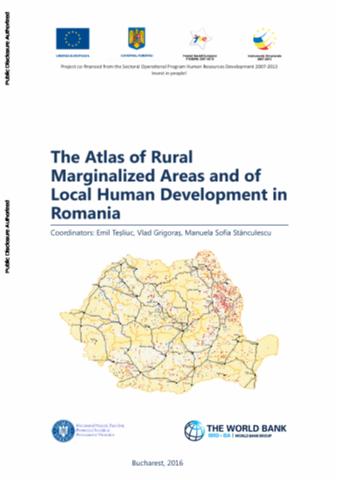Resource information
Romania aims to be a country in which all citizens are provided with an equal opportunity toparticipate in society, where their basic needs are met and their differences respected, and whereall people feel valued and can live in dignity.Our society is still far from this ideal. One in every five Romanian people is income poor. Most of the people living in relative poverty in Romania are in persistent poverty, meening that they have been in poverty for at least the last three years. Despite its relatively low unemployment rate, the country has a very high rate of poverty for in-work people, which is double the EU-27 rate (9 percent). As a response to this situation, the Government of Romania (GoR) has committed itself to lifting 580,000 people out of poverty by 20205 as part of the Europe 2020 Strategy.By 2020, Romania is committed to putting in place a set of policies and programs to (i) lift at least 580,000 people out of relative income poverty by 2020, compared to 2008; (ii) break the inter-generational cycle of poverty; (iii) prevent the recurrence of poverty and social exclusion; and (iv) ensure equal access to social assistance, cash transfers and services to strengthen social cohesion.the GoR asked for the World Bank’s support to develop detailed implementation plans for the 2015-2018 period in the form of nine Flagship Innitiatives that are expected to have the greatest impact in terms of reducing poverty and promoting social inclusion. This Atlas of Rural Marginalized Areas and Local Human Development in Romania represents the Flagship Initiative develop an instrument to identify poor villages and marginalized rural communities. Specifically the Bank’s technical assistance provided through this project has helped the GoR to develop: (i) a methodology for defining different types of rural marginalized areas based on a set of key criteria and indicators; (ii) detailed maps that present the spatial distribution of the rural marginalized communities by county; (iii) a methodology for defining degrees of local human development from low to comprehensive development, for rural and small urban settlements; and (iv) detailed county-level maps of local human development. In short, the Atlas helps to define which rural areas are marginalized, who lives in these areas (the profile of various disadvantaged groups), and where they are located in Romania.


